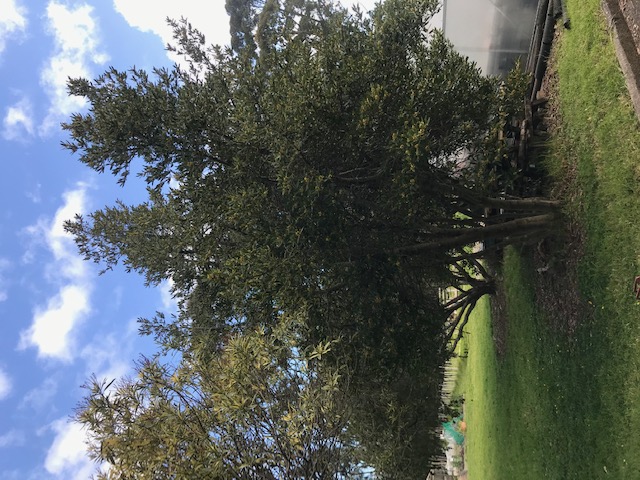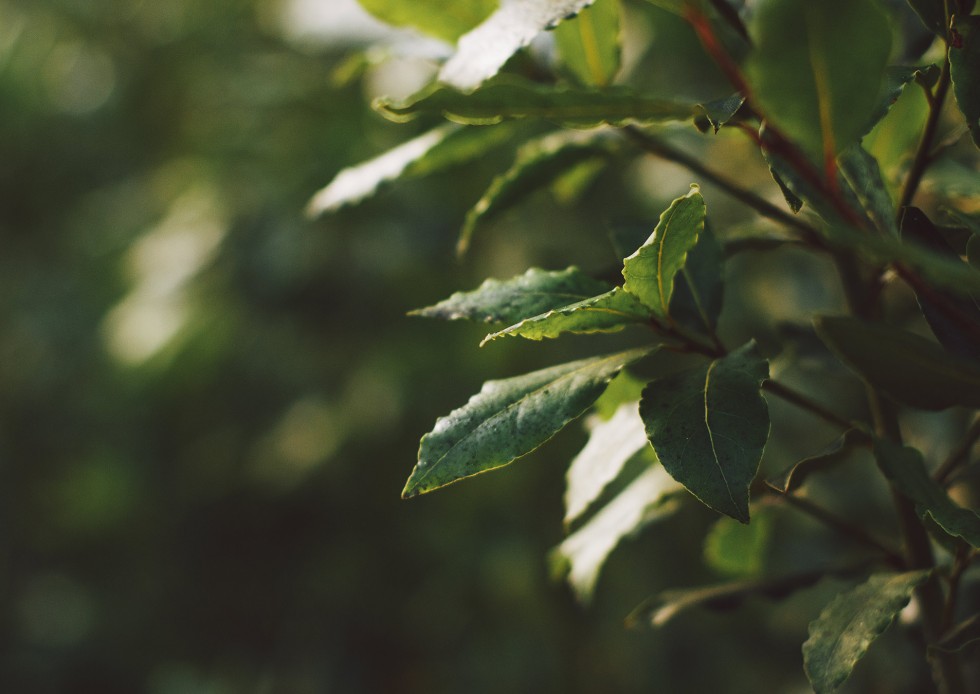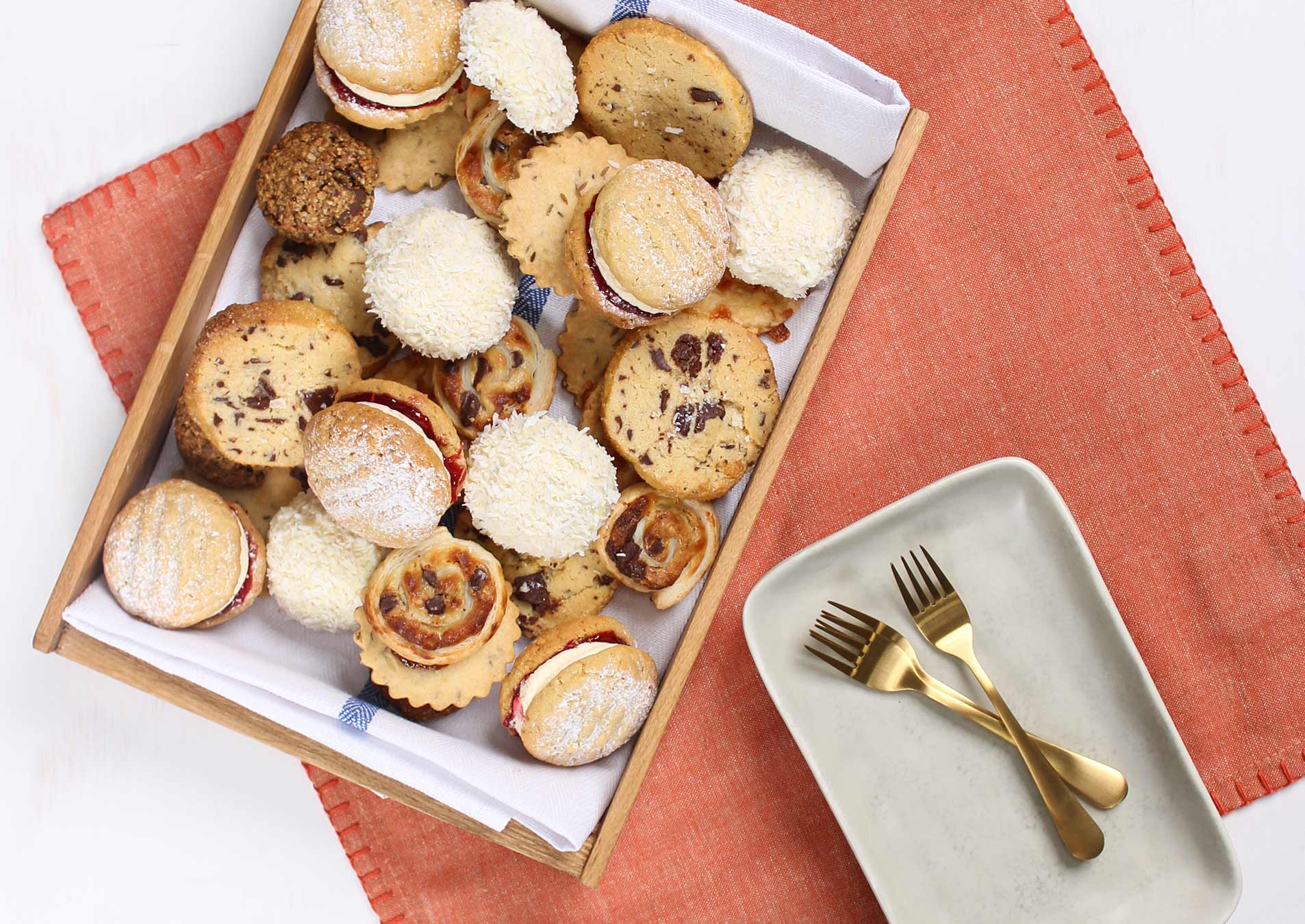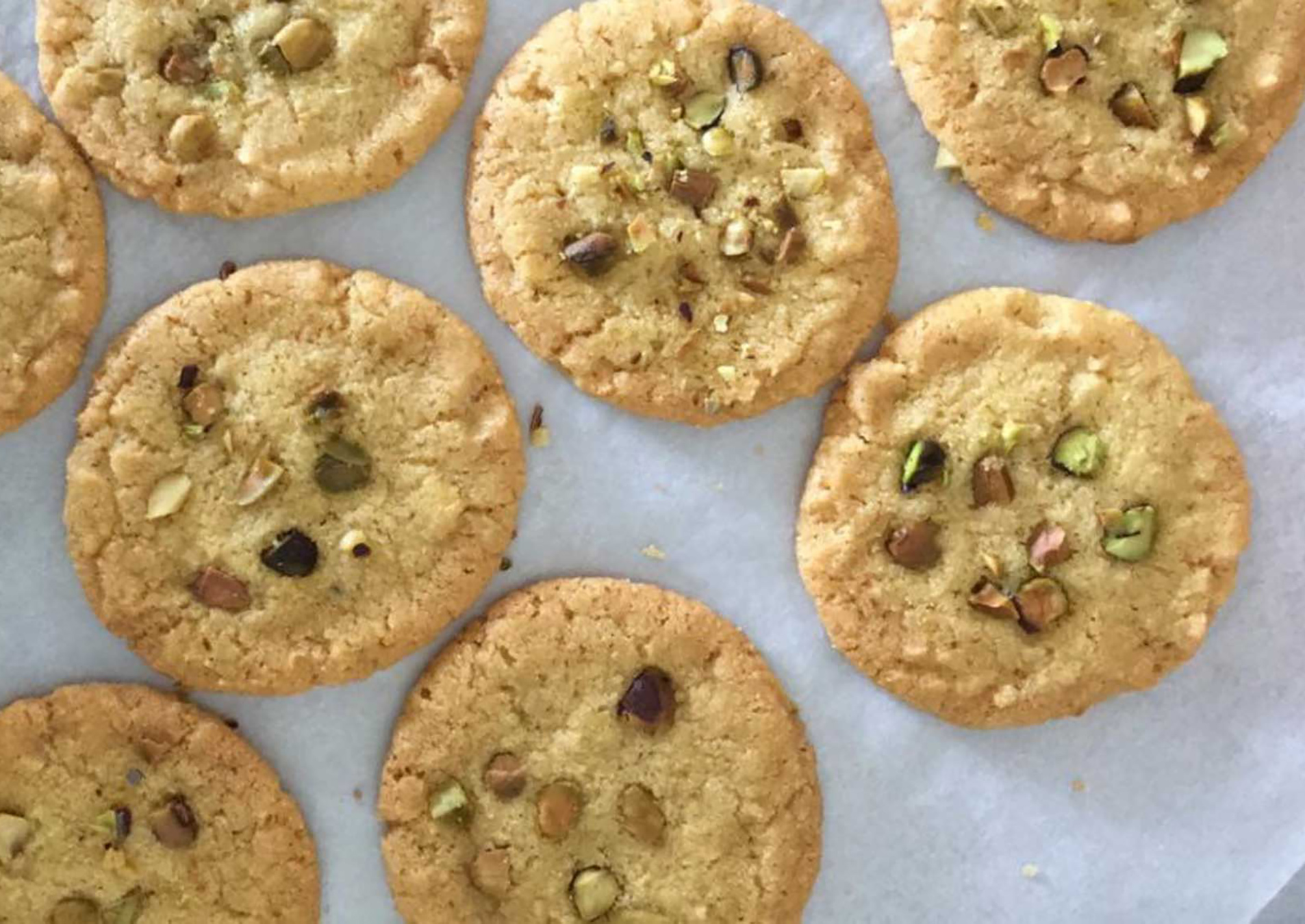
https://westgold.com/
Article content
"Now it seems to be appearing more and more in sweet dishes."
It got me thinking and brought back childhood memories. Bay leaves have become one of my favourite ‘go to’ ingredients for so many things. As a professional I have always used fresh leaves but growing up I only knew of them as the nasty dried things my mother used in excess in her cooking, associating them with that specific sweetness that overpowered all the other flavours in the beef ragout and turned the Saturday brunch mince on toast experience into one of my culinary nightmares.
In writing this blog I thought I might do a little research into the history of the use of Bay so as to appear very knowledgeable and learned. As I am sure you are already aware they have been used by us humans around the world since ancient times, and not just in cooking. It seems that what I ate growing up, diminished as a fairly lowly and insidious ingredient, is actually so packed full of useful chemicals including antioxidants in abundance, that it is used in and for everything imaginable. I had been imagining making a list of useful purposes to justify why I was writing about Bay leaves but once I started researching, quickly decided against this as you would still be reading tomorrow (But if you are interested please follow this link ).
It appears Bay is really just that good, whether in food, as medicine, in ointments, to cure just about everything, in cosmetics, in religious rituals, to make the odd laurel wreath to don the heads of Olympic athletes and racing car drivers. Basically eat it, drink it, take it as medicine, slather it on yourself ….with the only downside being a possible choking problem if forgotten about and not hunted out of the ragout before serving….Oh and possibly avoid taking too much of it as a medicine before having an anaesthetic in case you don’t wake up.
But back to the cooking! Classically Bay was and is used in many different types of savoury dishes and items, the dried flavour being likened to adding a sweetness along the lines of oregano and thyme, whereas the fresh has been claimed to act more like a mixture of nutmeg and vanilla. But this is also variety dependent, there being many around the world. Now it seems to be appearing more and more in sweet dishes (probably that vanilla, nutmeg thing), but rumour has it that this is just another case of history repeating and us not being so arrogant as to think we have developed something culinarily original, as before the spice trade made nutmeg and vanilla universally available, medieval housewives were using Bay to flavour their egg custard.
On my previous property in the city we had a very small cottage, a rather contained ‘chef’s garden’ and a very very large Bay bush, which we lopped some lower branches off to turn it into a tree in order to reclaim some real estate. With a bundle of 6 Bay leaves selling in the supermarkets at some ridiculous cost, it soon got around the local culinary community that Al had Auckland’s, if not New Zealand’s, biggest Bay tree in his garden. Sightings were often reported by neighbours of chef’s in their whites and aprons, armed with scissors leaping our fence and making off with laurels of Bay. We called this pruning. It was complimentary when one well known chef named his ever-popular Bay scented crème brulee by street location of the tree it came from. Provenance!
When we moved onto our rural property a few years ago I was delighted to discover that we had not one, but three bay trees. And they were two different varieties. The leaves of one were distinctively smaller than the other and when crushed smelt more delicate and sweeter. I had only ever known of one. Research was called for. As a chef my research therefore consisted of several blind tastings – crème brulee, panna cotta, and chocolate truffles. The new neighbours were delighted. It is always interesting asking folk to try something that is flavoured with Bay. The response is usually “I know what this is, but I just can’t say”. It is one of those flavours that many folk are familiar with and like in a comforting sort of way, but simply cannot associate, especially when it is in something sweet, unless they have previously choked on a leaf!
Recently I came across a branch of Bay that had sadly broken off in a rather vigorous storm and was now beautifully air dried. Out came the spice grinder, a few other ingredients and we now have enough meat rub to last several summer barbeque and wood-fired pizza oven seasons….speaking of which it is also wonderful to throw bay leaves onto the fire when cooking in the pizza oven and to smoke with, or a combination of the two i.e. try slicing steak into strips, threading them onto bay sticks and cooking them over a grill in the pizza oven or on a BBQ.
To end on a sweet note, if you haven’t already tried it, following is a recipe for Bay brulee:
500g cream
5 egg yolks
100g sugar
4 broken Bay leaves (broken to release the flavour)
Bring cream and bay leaves to the boil, remove from heat and allow to infuse for 30 minutes.
Bring back to boil, whisk egg yolks and sugar together in a bowl and lightly whisk in cream mixture.
Pass through fine sieve, skim off any bubbles if necessary.
Pour into ramekin dishes and bake at 140°C in a Bain Marie until set.
Remove from Bain Marie, allow to cool, sprinkle with caster sugar, and caramelise sugar top under grill or with a brulee torch to serve.



 Previous blog
Previous blog 


